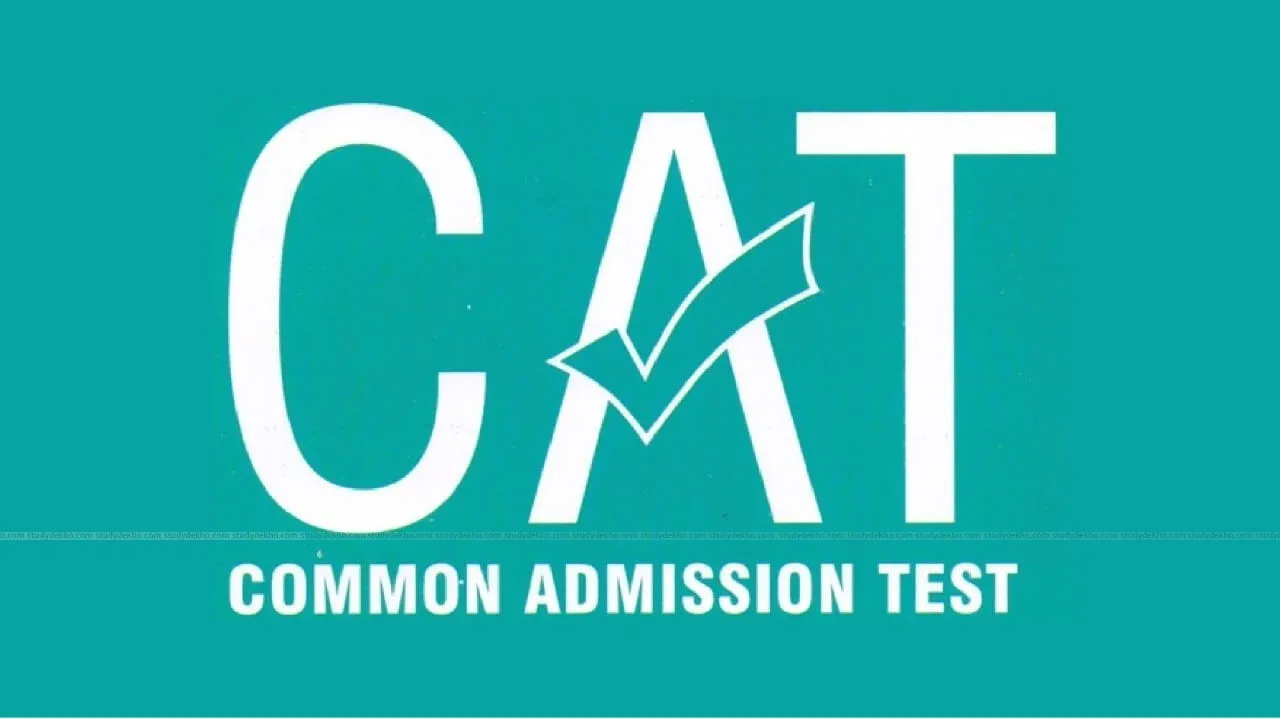Ph D Anatomy is a doctorate course of a minimum of 3 years and generally extended up to 5 years, which is pursued after MSc or MD in Anatomy. Ph.D. Anatomy is an advanced research program meant for individuals interested in the intricacies of human structure and function. The program includes a comprehensive understanding of anatomical sciences and equips students with the skills to conduct innovative research in various sub-disciplines of anatomy.
The Eligibility criteria for Ph D Anatomy include an MD Anatomy or MSc (Human Biology/Anatomy) or any other equivalent examination from a recognized University with a minimum of 60% aggregate marks. Admission to the Ph D Anatomy is based on the entrance exam score of the candidate. Only students with valid scores in exams such as CSIR NET/UGC NET/ICMR NET will be eligible to pursue the course.
The course fee for Ph D Anatomy in government and private Universities ranges from INR 40,000 to INR 1,50,000 per year. Some of the renowned institutes/colleges offering a Ph D Anatomy are Krishna Vishwa Vidyapeeth, Alkarim University, SGT University, Aligarh Muslim University, and Era University
Candidates who have earned their Ph D in Anatomy can get a job as a postdoc fellow, Research Scientist, or Assistant Professor with salaries ranging from INR 6 LPA – INR 12 LPA.
- Ph.D Anatomy Key Highlights
- What is Ph D Anatomy?
- Why should one study Ph D Anatomy?
- Who should pursue a Ph D Anatomy?
- Ph D Anatomy Eligibility Criteria
- Ph D Anatomy Entrance Exams
- Ph D Anatomy Colleges
- Ph D Anatomy Admission Process
- Ph D Anatomy Syllabus
- PhD in Anatomy Vs PhD in Physiology Vs PhD in Biochemistry Course Comparison
- Ph D Anatomy Jobs
- Ph D Anatomy FAQs
Ph.D Anatomy Key Highlights
The important details of Ph D Anatomy are summarised in the table below:
What is Ph D Anatomy?
PhD Anatomy is a doctorate-level course of a minimum of 3 years, but can be extended up to 6 years or more, depending on the college norms. Ph D in Anatomy is about a deep understanding of anatomical sciences and provides the Research Scholars with the skills to conduct innovative research in various sub-disciplines of anatomy.
The Ph D in Anatomy is available in many specializations such as Neurotoxicity, Neurobiology, Interdisciplinary, Teratology, Comparative Anatomy, Morphometric Analysis, Osteology, Foetal Anatomy, and Microanatomy.
Why should one study Ph D Anatomy?
The reasons and benefits of pursuing PhD in Anatomy are stated below:
- It helps in developing a deep and thorough understanding of human and comparative anatomy, histology, embryology, and neuroanatomy.
- The course enables scholars to conduct cutting-edge research in areas like developmental biology, neurobiology, forensic anatomy, or anatomical education.
- The Anatomy doctorates can have a good career in academia by getting into teaching positions such as Assistant Professors in Dental, Medical as well as Life Sciences Colleges.
- The course enables doctors to become scientists and contribute to the scientific community.
- Opens doors for successful careers in education, biomedical research, medical illustration, pharmaceuticals, and the medical device industries.
Who should pursue a Ph D Anatomy?
The individuals who fall into the following category or have the below-mentioned qualities are best suitable to pursue Ph D in Anatomy.
- Postgraduates with an MSc or MD in Life Sciences, Anatomy, or any other related fields can pursue Ph D Anatomy.
- MBBS or BDS graduates who are interested in expanding their career in Research and Academia.
- Individuals interested in exploring developmental biology, neuroanatomy, forensic science, or morphometric studies.
- People interested in conducting detailed lab work, dissections, imaging analysis, and structured research environments may be suitable to pursue a PhD in Anatomy.
Ph D Anatomy Eligibility Criteria
The Eligibility Criteria for a Ph.D. in Anatomy include:
- Have cleared MD Anatomy or MSc Anatomy (Human Biology/Anatomy/Life Sciences) or any other equivalent examination from a recognized University with a minimum of 60% aggregate marks.
- Have cleared National Level Entrance tests such as UGC NET, GATE, CSIR NET, ICMR or college-specific tests.
Ph D Anatomy Entrance Exams
Admission to the doctorate-level course, such as a Ph D in Anatomy, is purely based on the entrance exam score of the candidates. Students need to have a valid score in either of the exams mentioned below if they wish to pursue the course from a renowned university.
Ph D Anatomy Colleges
Provided below are some of the well-known colleges that provide Ph D Anatomy. Let’s have a look at them:
Ph D Anatomy Admission Process
The admission process for Ph D Anatomy is similar in all Colleges. The steps of the PhD Anatomy Admission process in Al Karim University are given below:
Step 1: Get the application form from the online website of Al Karim University or get a hard copy from the University.
Step 2: Fill the application form with accurate personal details, including course preference, and submit the application form after paying the application fee of INR 1500.
Step 3: Appear for the entrance test conducted by Al Karim University and get a good score.
The students are enlisted on the basis of merit obtained in the entrance test.
Step 4: The enlisted students need to undergo a round of counseling for admission in Ph D Anatomy in Al Karim University.
Step 5: The provisional Admission is confirmed once the academic fees of IMR 1,50,000 is paid.
Documents required:
- Aadhaar
- Driving license
- Passport
- PAN card
- Any other government-issued ID card containing the applicant's name, photo and date of birth
Ph D Anatomy Syllabus
The Ph D Anatomy syllabus is similar in all colleges. The Ph D Anatomy is about the research methodologies, thesis preparation, and presentation.
For your reference, given below is the Ph D Anatomy syllabus of Al Karim University.
- The Ph D Anatomy is usually divided into two types of study:
1) Coursework
2) Research
The coursework includes the following subjects:
- Research Methodology (4 credits),
- Discipline-specific/synopsis preparation (4 credits),
- Statistics (2 credits),
- Computer Application (2 credits).
- The Research Scholars have to show their research work progress in regular presentations and summarize their research in a thesis before getting the degree.
PhD in Anatomy Vs PhD in Physiology Vs PhD in Biochemistry Course Comparison
Given below is the detailed course comparison for the Ph D in Anatomy, PhD in Physiology, and Ph D in Biochemistry.
Ph D Anatomy Jobs
The Ph D Anatomy graduates get various opportunities to build a career in academia by joining teaching, in the research field by being research scientists in industries, or in Research Institutes. The salary and job roles after Ph D Anatomy, according to the work experience, are mentioned below:
Ph D Anatomy FAQs
Will you be doing dissections as part of the Ph D Anatomy?
Yes, dissections and cadaver studies remain fundamental, especially if your work ties into teaching anatomy. However, depending on your research focus, you might spend more time on microscopic studies, imaging, or digital simulations rather than traditional dissection. Many students find themselves working extensively in labs or analyzing samples under microscopes.
Is a Ph D Anatomy heavily research-focused?
Absolutely. The heart of the PhD is original research. You’ll be designing experiments, gathering and analyzing data, and ultimately writing your thesis. Alongside research, you might also take on teaching duties or participate in academic events. It’s challenging and requires dedication, but if you’re passionate about the subject, it’s incredibly rewarding.











